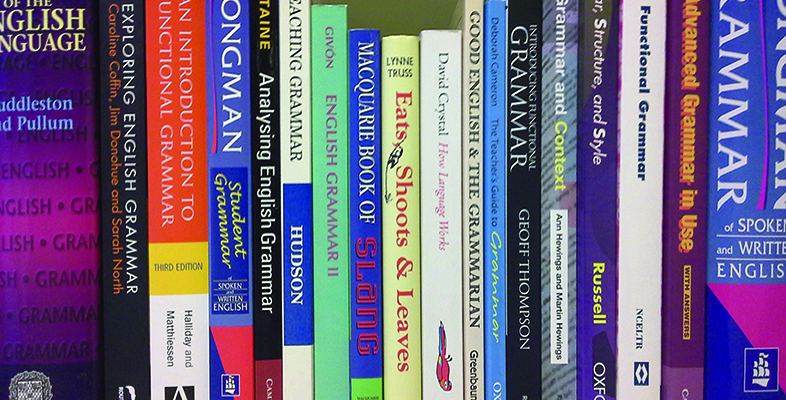5.1 It’s all in the packaging
In the next activity, you will look more closely at ways of organising messages, by analysing two different texts.
Activity 9: Comparing texts at different places on the mode continuum
Compare the two short texts below, paying particular attention to the noun groups that have been underlined for you. (Don’t worry about why some have not been underlined.)
- What differences do you notice in the way meaning is packaged?
- How do you account for these differences?
Text A: A storytelling text
(The speaker is describing a friend’s first skiing holiday. Dashes indicate hesitations or repetitions.)
He was coming down this – this track and he’s been a few times so he’s got some idea of it um so he said that he saw this slight rise so he said he headed up the rise and he found out it was a ski jump! he– he’d lost one ski at the top and eh apparently he was flying through the air with one leg up in the air with a ski on it and he landed head first in the snow but he caught his head his mate with him, he hit a tree on the way down came back all bruised and scraped …
Text B: An academic science text
The steady increase in life expectancy in human populations shows that longevity is a plastic phenomenon. Although lifespans are species-specific, they can be modified greatly by the environment as well as genes. For many human populations, the fixed three score years and ten allotted for human longevity are already but a distant memory. Much of this increase in lifespan has been achieved by improvements in public health, medical care and domestic circumstances. We are beginning to view ageing-related damage as a side-effect of other adaptive processes. This may allow us to reduce the impact of ageing-related diseases as the limits on human lifespan recede.
Discussion
A long, tightly structured unit at the start of the clause is not easily achieved in the dynamic context of speech, which allows no time for preparation and places a heavy information-processing load on the listener, so starting with an elaborate idea is not typical in speech. In Text A, therefore, the pronoun he is repeated throughout without any descriptive elements or elaboration about the person being referred to. A writer, however, has the opportunity to create such structures in a more considered way, free from the pressures of production in ‘real time’. Moreover, units in written text can be rapidly scanned by eye and so writers may compress more information into fewer words. Such units are described as ‘lexically dense’ as they have a high number of lexical words, words that carry the main content of a text. Lexically dense text is more easily understood when reading a written text than in the rapid processing necessary to understand spoken texts.
The frequent use of pronouns as participants in Text A reflects its subject matter – a story about a friend. On the other hand, Text B, as noted, has lengthy noun groups (e.g. the fixed three score years and ten allotted for human longevity, the impact of ageing-related diseases), which allows more information to be packed into these parts of the clause. Academic texts frequently have long noun groups as the readership is expected to be able to handle meanings compressed into such groups as a result of their familiarity with these types of texts and with the technical concepts of the field of study. The aim of the text is to move the argument forward as succinctly as possible. Information that can be taken for granted as understood therefore gets packaged up as long noun groups. The use of these abstract and often complex noun groups reflects the subject matter, while in Text A the nouns refer to the people and things that the story is about.
